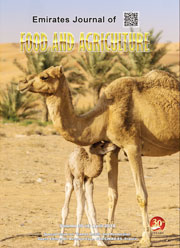PFEIFFER WHEAT: AN OLD VARIETY WITH A BRIGHT FUTURE
DOI:
https://doi.org/10.9755/ejfa.v26i2.17521Keywords:
Wheat, Spelt, Epigenetic, Biodynamic, DomesticationAbstract
Last century, the old winter wheat Pfeiffer was derived from a spelt by breeders in the biodynamic farming movement. The variety has practical significance because of reduced threshing problems. It has historic significance because it is the result of the exercise of an alternative perspective on breeding and heredity. The derivation of this wheat was the result of phenotypic selection of a feral spelt found in Italy in the time period between 1928 and 1940 by a team of breeders working in Germany, Holland and Switzerland. Plants were seeded at different times of the year to induce phenotypic changes; this was coupled with selection pressure for the bread wheat type of ear. Though all plants initially had typical spelt phenotypes (lax heads with brittle rachis and glume enclosed kernels) a few mutations, possessing compact heads and bread wheat heads, were found and selected on all sites and fixed for bread wheat head type on two of the three sites. Proposed explanations for the transformation (outcrossing to a bread wheat, mutation, atavism, or action of a living archetypal agent), are discussed in the light of the available evidence and heredity of domestication events for wheat and maize.










 .
. 